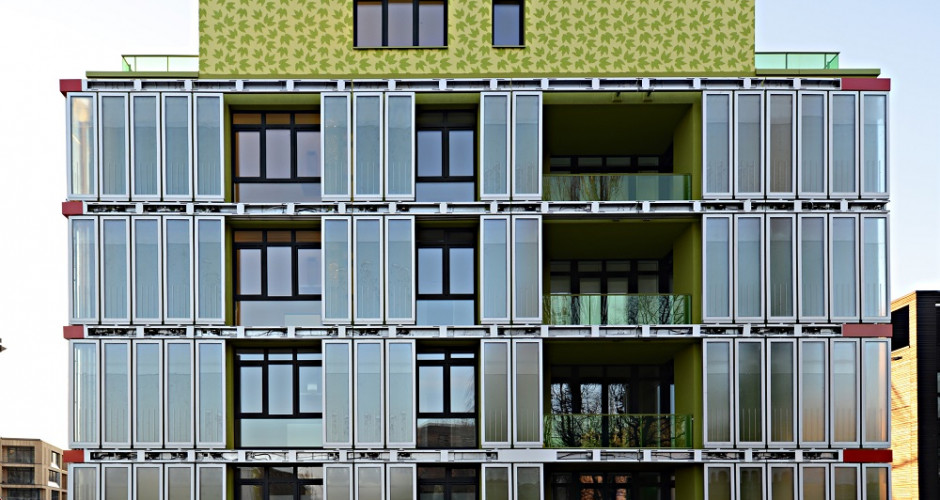Saving energy has become a consensus around the world, the problem is how? You can do more than just switching off lights Now, let’s get updated on more energy-saving measures at home.
Taiwanese people are no stranger to the slogan o f“go and save energies.” Taiwan had been promoting an energy-saving lifestyle long before the environmental crisis became an issue.
Geography plays an important role in this phenomenon because Taiwan is a small island with a large population but with limited natural resources. The scarcity of resources results in 97 % of imported resources. Highly dependent on foreign supply, resource shortage could heavily impact Taiwan’s economic growth as well as daily life. Coupled with intensified environmental changes, saving energies has become a country-wide movement!
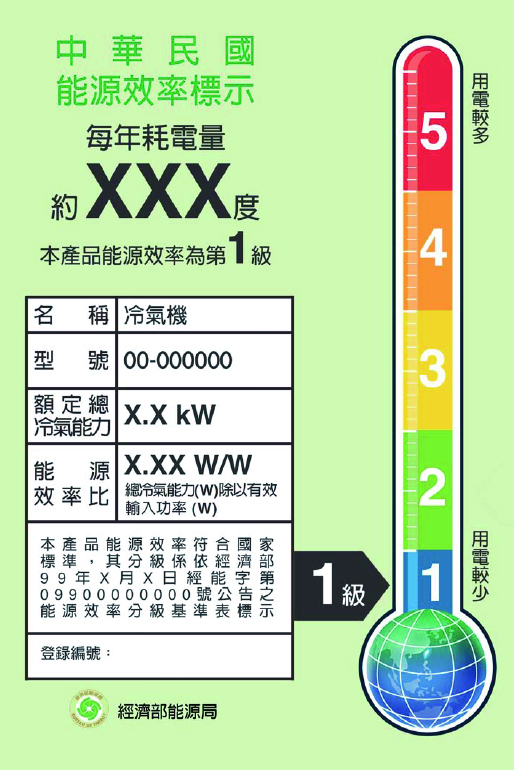
Carbon footprint and carbon reduction
It is almost impossible to avoid using any electricity in everyday life even though we know electricity causes carbon emissions. The sum of the emissions caused by a person, an organization or a product is called carbon footprint. According to the United Nations, the recommended daily footprint per person is 5 kg. However, each person in Taiwan generated 19.6 kg of carbon emissions in 2011, ranking 17th in Asian region. Thanks to the efforts put in reducing the carbon footprint, now the situation has been improving. In addition to food consumption, air conditioning and driving generate the most emissions. To lead a green lifestyle, choosing the right home appliances is perhaps a good start.
Ecofriendly appliances make an ecofriendly home
Efficiency is one of the most important factors deciding electricity consumption in your home. In Taiwan, the Bureau of Energy has been promoting the electric efficiency ratings label for 4 years to provide more information for customers and help them choose ecofriendly electrical appliances.
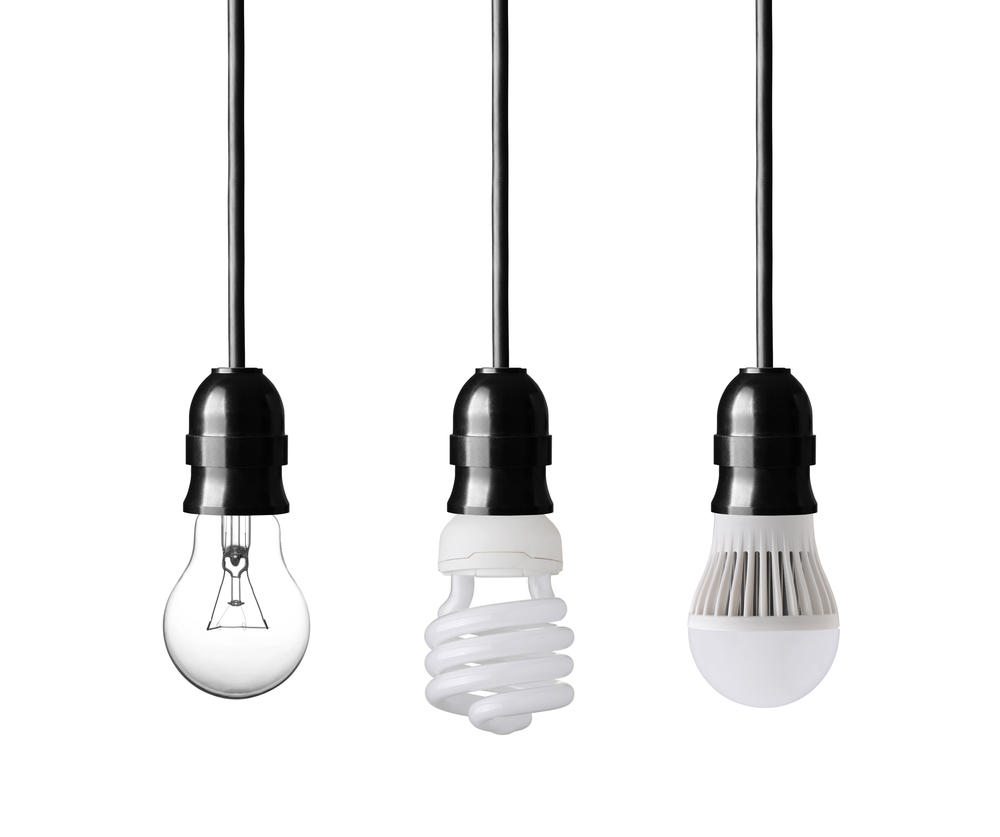
Energy-saving Appliances: Lighting
The lighting fixtures commonly seen on the market include incandescent light bulbs, compact fluorescents and LED lights, among them the incandescent bulbs consuming the most electricity. A compact fluorescent lamp creates 36 times more luminous efficiency than a traditional incandescent one!
LED lights are also a good choice because they are durable and consume the least energy.
Tips
- LED lamps last as long as 30,000 hours, compact fluorescent bulbs 8,000 and incandescent bulbs 1,000 hours.
- LED lamps save 60 % more electricity than common tungsten lamps.
- Long and straight tubes consume less energy than bent tubes do.
Energy-saving Appliances: Air conditioner
A room on the top floor or facing West is exposed to strong sunlight and requires more operation hours of an air conditioner than a room facing North. In addition to that, the Energy Efficiency Ratio, or EER, also plays an important role. EER stands for the energy needed to cool a room of a certain area. The higher the EER, the less energy is consumed for the same refrigeration capacity.!
Tips
- EER ranking: 1. inverter air conditioner; 2. split-type air conditioner; 3. windowtype air conditioner
- Check the product label for the EER value. An increase of 0.1 in the EER value helps save 4 % of electricity.
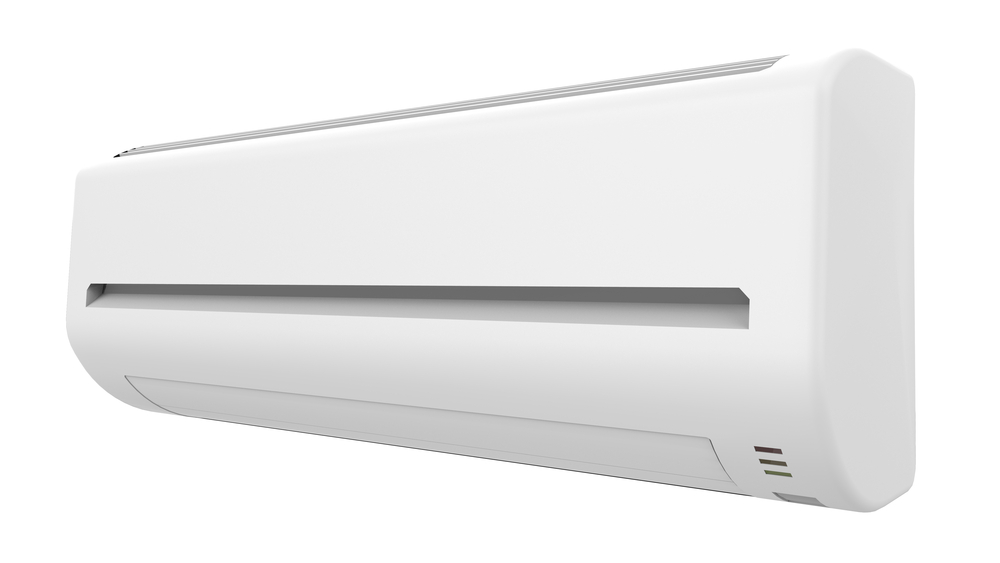
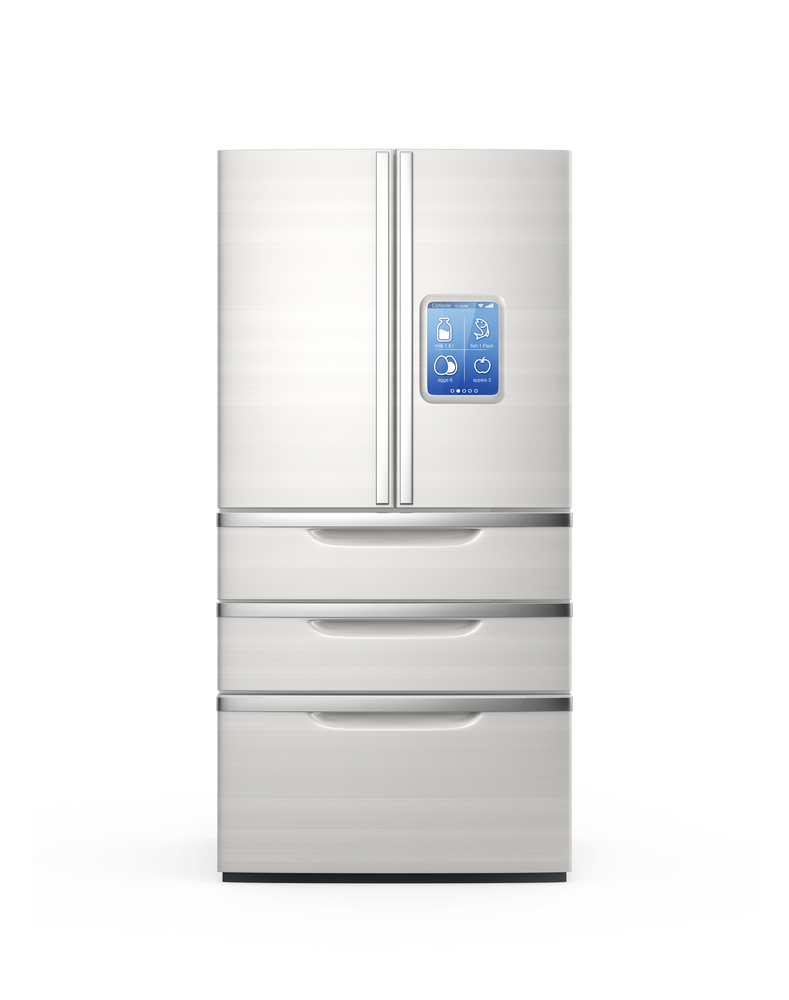
Energy-saving Appliances: Refrigerator
The Energy Factor (EF) decides if a refrigerator is efficient or not. The energy factor is defined as the quantity (kg) of food stored for a month and its necessary power input (kWh). The higher the weight, the more power efficient the refrigerator is.。
Tips
- Choose a refrigerator of appropriate size. A refrigerator of 380 L to 500 L is the right size for a family of four.
- The thicker the wall of a refrigerator is, the more power efficient the refrigerator is.
參考資料
1.“Taiwan outproduces East Asia in carbon emissions,”
2.“Comparison Chart: LED Lights vs. Incandescent Light Bulbs vs. CFLs,”
3.“Air Conditioners,”
4.“Guidelines for Refrigerator Choices,”

